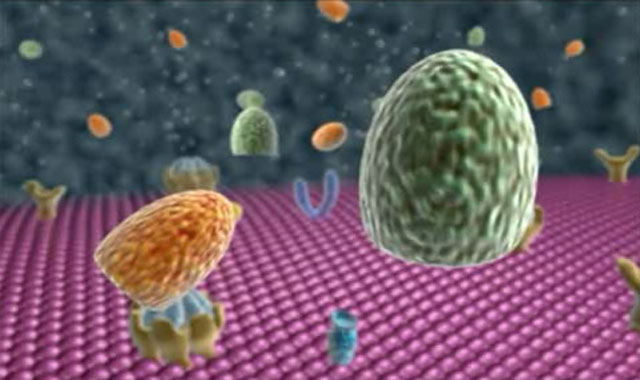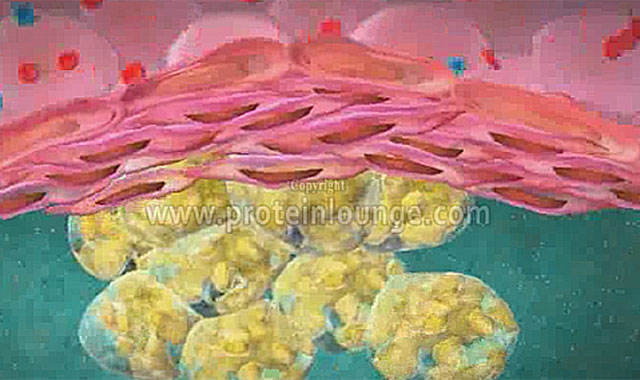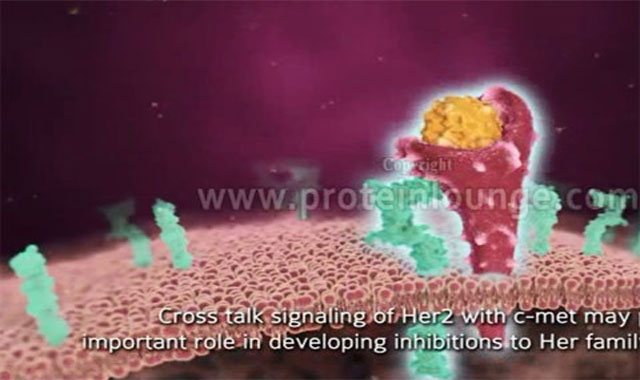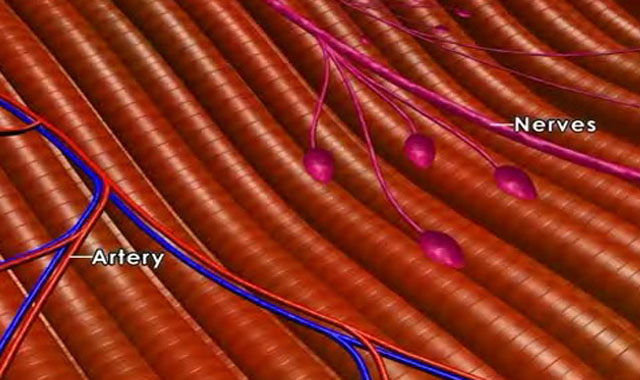siRNA Pathway
Description
Small interfering RNAs (siRNAs) are 21–23nt dsRNA (double-stranded RNA) molecules that facilitate potent and sequence-specific gene suppression via the mechanism of RNAi (RNA interference). siRNA pathway animation gives an idea on the mechanism of gene supression by siRNA. When introduced into cultured mammalian cells, siRNAs facilitate the degradation of mRNA sequences to which they are homologous; thereby silencing the encoding gene. The basic mechanism behind RNAi is the breaking of a dsRNA matching a specific gene sequence into short pieces of siRNA.
These siRNAs post-transcriptionally silences a gene through mRNA degradation. mRNA silencing involves the chopping of long dsRNA into smaller pieces, corresponding to both sense and antisense strands of the target gene by the Rnase-III (Ribonuclease-III) family member, Dicer. Dicer chops dsRNA into two classes of smaller RNAs—miRNAs (microRNAs) and siRNAs. Dicer delivers these siRNAs to a group of proteins called the RISC (RNA-Inducing Silencing Complex), which uses the antisense strand of the siRNA to bind to and degrade the corresponding mRNA, resulting in gene silencing. siRNAs are associated with silencing triggered by transgenes, microinjected RNA, viruses, and transposons, and hence can be considered intermediaries in host defense pathways against foreign nucleic acids.
Browse Other Animations
 Mechanism Of Anthrax Toxins
Mechanism Of Anthrax Toxins
 Plaque Fracture
Plaque Fracture
 Breast Cancer Pathogenesis
Breast Cancer Pathogenesis
 Mechanism of Botulinum Toxin
Mechanism of Botulinum Toxin

